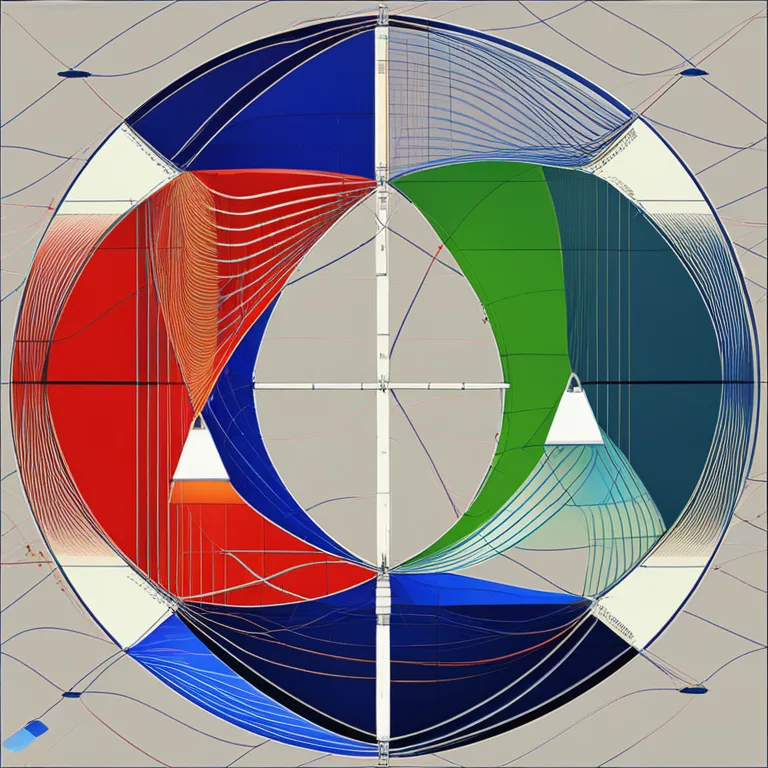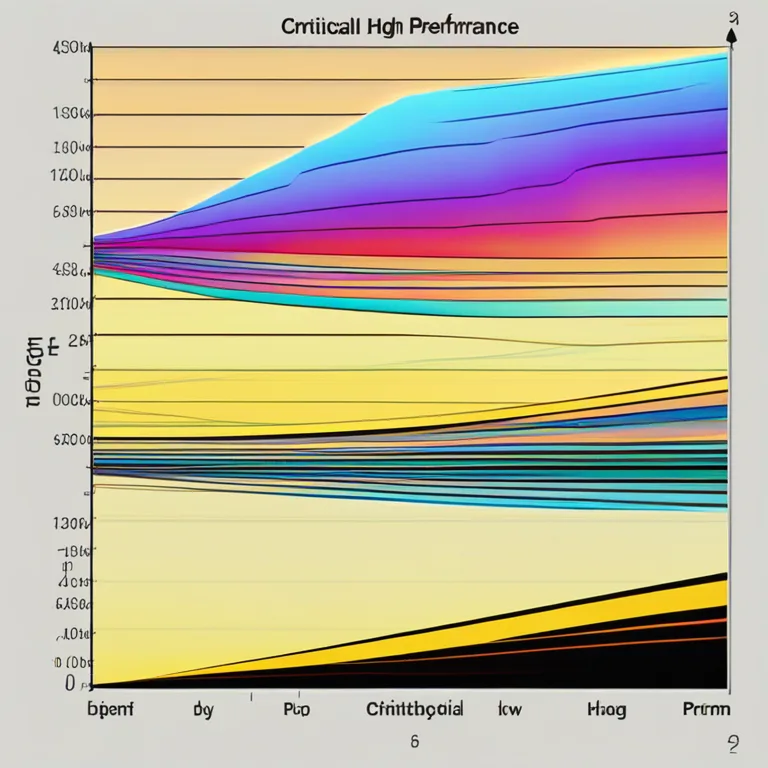
The Rhythms Within: A Guide to Biorhythms Theory
Delve into the science of biorhythms to discover the rhythmic cycles influencing your physical, emotional, and intellectual states.
article by Adrian Wallace
Introduction to Biorhythms
Biorhythms are a complex theoretical concept that proposes the existence of cyclic patterns within human life. Rooted in the idea that our lives are influenced by natural rhythms, biorhythm theory suggests that there are three fundamental cycles: physical, emotional, and intellectual. Each of these cycles is thought to influence our behavior, performance, and overall well-being. Since its inception in the 19th century, the theory has evolved and now integrates modern insights into chronobiology. This article aims to shed light on the current understandings of biorhythm theory as we navigate through life's highs and lows.

The Three Main Cycles
According to biorhythm theory, the physical, emotional, and intellectual cycles last 23, 28, and 33 days respectively. The physical cycle governs our stamina, strength, and health; the emotional cycle dictates our mood, feelings, and creativity; and the intellectual cycle influences our analytical thinking, logic, and problem-solving capabilities. The cycles start at a neutral point at birth and oscillate between positive (high phases) and negative (low phases) states, supposedly affecting our capacities and vulnerabilities during these periods. By understanding these patterns, individuals can potentially anticipate and optimize their daily functions.

Critical and High Days
High days occur when a cycle is at its peak, suggesting optimal performance in the associated areas, while low days imply reduced capabilities. Critical days are of particular interest, occurring when the cycle crosses the midpoint and transitions from high to low or vice versa. These are thought to be times of instability and increased risk for errors or accidents. Nevertheless, empirical research presents mixed results about the practical impacts of these critical days, and the scientific community continues to debate the extent of biorhythms' influence on daily life.

Biorhythms in Modern Times
With advancements in technology, biorhythms have become more accessible than ever. There are numerous apps and software developed to calculate and predict individual biorhythm cycles based on birthdates. While skeptics question the empirical validity of biorhythms, enthusiasts point to anecdotal evidence that aligns with biorhythmic principles. For instance, athletes and business professionals have been known to consult their biorhythms to plan for competitions or critical decisions, aiming to align their efforts with favorable phases in their cycles.

Integrating Biorhythms with Other Practices
The theory of biorhythms often intersects with other holistic practices such as astrology and mindfulness. For example, some individuals cross-reference their astrological forecasts with their biorhythm charts to make decisions or understand personal dynamics. Similarly, incorporating awareness of one's biorhythm cycles into mindfulness practices can offer a new dimension of self-awareness, leading to more informed lifestyle choices and enhanced self-care.
Scientific Scrutiny and Individual Experimentation
While the scientific community remains divided on the legitimacy of biorhythms, the theory provides a framework for personal experimentation. Those curious about the influence of biorhythms on their lives can track their own cycles and experiences, looking for patterns or correlations. Critics of biorhythm theory often cite a lack of consistent, empirical evidence, but supporters argue that personal insights and experiences hold value. As such, the exploration of biorhythms remains a personal journey, one that intertwines belief, behavior, and the search for deeper understanding.
Conclusion
Whether viewed with skepticism or open curiosity, biorhythm theory presents an intriguing perspective on the ebb and flow of human capacities and emotions. While not universally accepted, the concept persists as a tool for those seeking to synchronize with the natural rhythms of life. As we move further into the 21st century, the conversation around biorhythms continues to evolve, inviting us all to consider how unseen cycles might influence our daily existence.
Published: 12/28/2023
Modified: 12/28/2023
More predictions
Come back here soon to learn more about yourself and your future


Biorhythm Compatibility & Birthdays
Discover the intriguing connection between your birthday biorhythms and relationship harmony in our insightful article.


Navigating Biorhythm Cycles
Explore the concept of biorhythms, their cycles, and examples of how they influence our daily lives.


Unlocking Your Body's Natural Clock
Explore the intriguing world of biorhythms and discover how they influence your physical, emotional, and intellectual states.